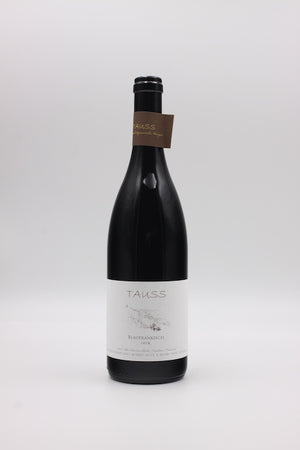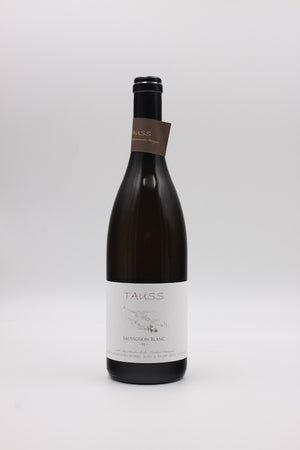- Home
- The Wines from Roland Tauss
- Tauss: Grauburgunder - H - 2019


Tauss: Grauburgunder - H - 2019
- €36,90
Roland Tauss hat seinen Grauburgunder nie ausgerissen und durch Gelben Muskateller ersetzt. Selbst in schwierigen Zeiten hat er ihn sorgfältig gepflegt und daraus immer wieder exzellente klassische Weißweine gekeltert, die Kraft, Tiefe und Lagerfähigkeit hatten. Vor einigen Jahren beschloss er, die traditionellen Methoden zu verlassen und den Grauburgunder mitsamt Schalen zu vergären, wie er es bereits erfolgreich mit seinem Roten Traminer gemacht hatte.
Bei der Maischegärung von Weißweinen werden Tannine extrahiert, der Wein hat langfristigen Kontakt mit Sauerstoff, und die Farbe wird aus den Schalen gelaugt. Besonders beim Grauburgunder zeigt sich hier eine rötliche Färbung, die die Verwandtschaft zum Blauburgunder offenbart. Zudem werden spezifische Aromastoffe gelöst, die sich durch die lange Extraktionszeit deutlich von den klassischen weißen Versionen unterscheiden.
Der Geschmack ist intensiv, kraftvoll, dicht und vital, mit Noten von Trockenobst, mediterranen Kräutern und roten Beeren. Dank der spürbaren Tannine hat der Wein eine Menge Gripp, mit einem straffen, warmen und mineralischen Abgang.
- Varietal: Pinot Gris
- Vineyard: Opok
- Harvest: By hand
- Fermentation: Spontaneous | wild yeasts
- Aging: Over two years in used wooden barrels
- Filtration: None
- SO₂: Unsulfured
- Alcohol content: 12.5%
- Closure: Natural cork
- Serving temperature: 10-12°C
- Optimal drinking window: From now – 2030
- Content and price per liter: 0.75 l (€46.12/l)
- Principle: All Vinonudo winemakers work with organic methods and avoid herbicides, pesticides, and synthetic fertilizers.
Newsletter
Who knows more, tastes more. Once a week there is news about our wines, winegrowers and events.
© 2025 vinonudo | Shopify Theme by Mile High Themes | Powered by Shopify

